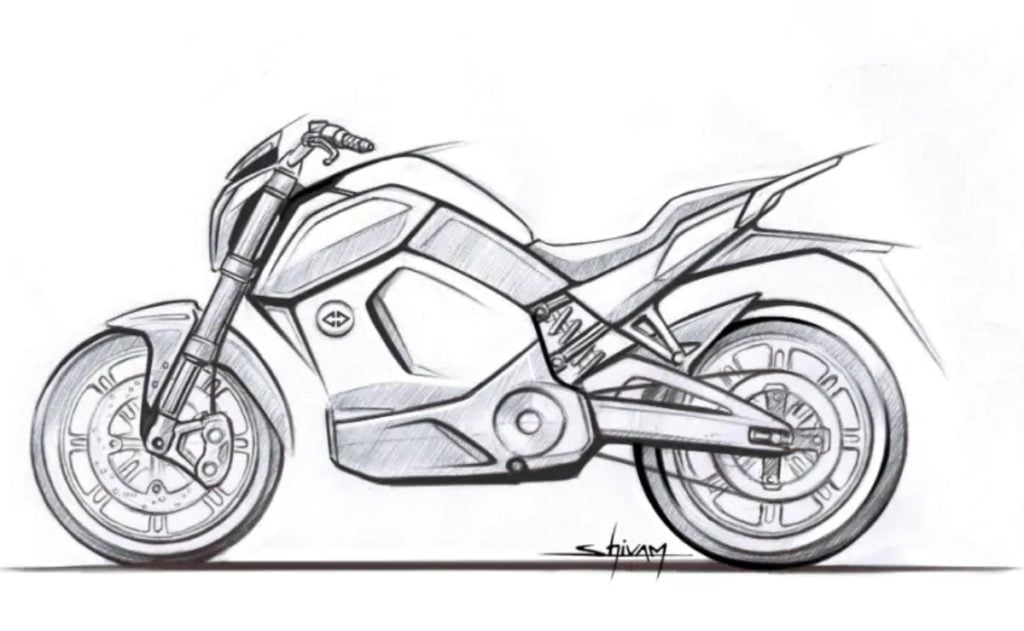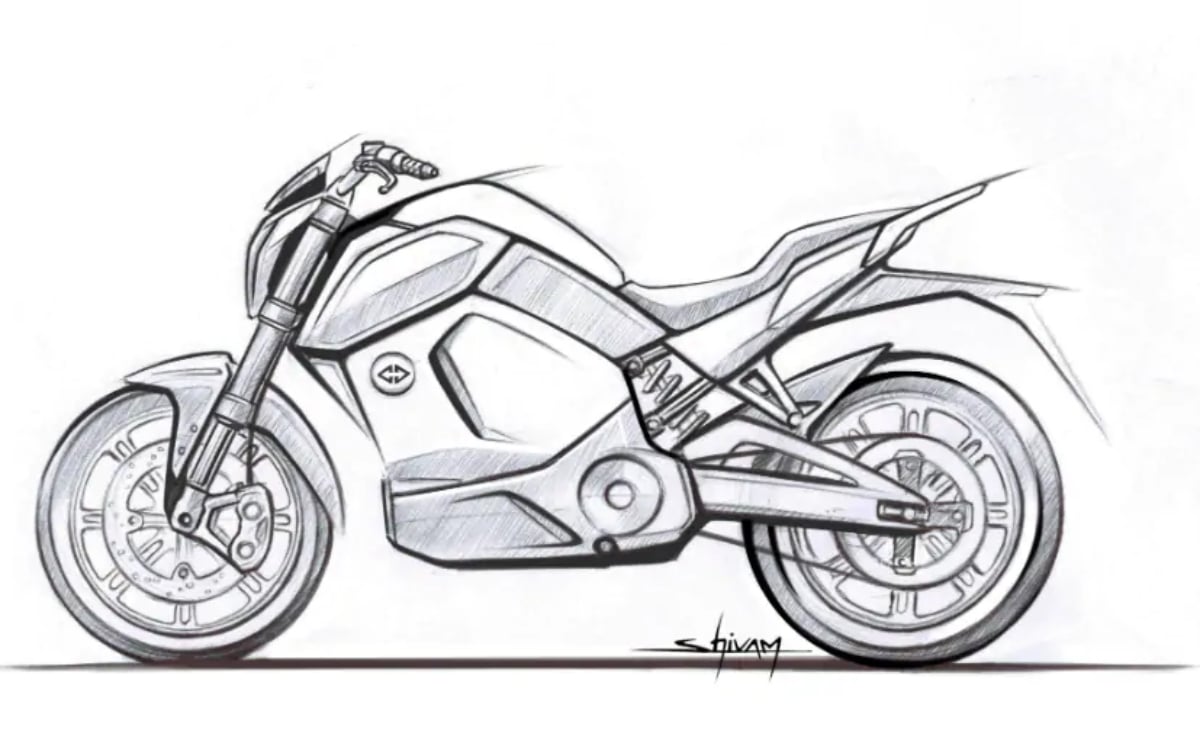India’s first AI-enabled electric motorcycle is all set to be launched in India this month. Here’s what you need to know about the bike from Revolt Motors.
Gurgaon-based electric two-wheeler startup, Revolt Motors is all set to launch its first electric two-wheeler in India. It will be India’s first electric motorcycle and the very first AI enabled two-wheeler.
It will be launched in the markets of Delhi NCR first, later spreading out to different cities in India. Ahead of the launch, it has already been spied testing fully undisguised.

India’s first electric motorcycle will prove as an entry for other manufacturers who are developing their electric two-wheelers. The bike will run on Artificial Intelligence (AI) paired with the instrument console.
Also Read: Revolt Electric Motorcycle spied again; 2 more bikes planned alongside
As per the reports, the upcoming electric motorcycle will claim to deliver a riding range of 156 kms. Under real world riding conditions of traffic, the riding range might drown down to 130 kms.
It will be available with a 4.5 kW electric motor, which might deliver power and torque figures similar to a 125cc motorcycle. This implies that it will be placed as a commuter motorcycle.
The bike has been put through a lot of tests like cycle life, all weather and waterproofing. It will get a lithium-ion battery pack, but the specifications are unknown as of now. The charging time also stays a mystery now.
Revolt Electric motorcycle will be AI-enabled, carrying a 4G LTE Sim card inside the console. The fully digital cluster will offer information such as Riding Range, Navigation and more advanced connectivity features.
Also Read: Tork T6X Electric Bike First Teaser Out; Launch Scheduled By Year-End
Other features onboard will include full LED headlamps, a fully digital instrument console with Bluetooth integration, alloy wheels, CBS, swappable lithium-ion batteries and a single long seat.
Stay tuned for the prices of India;s first electric motorcycle. We expect it to be near Rs 1 Lakh. We suspect it to be localized enough to be recognized under the FAME-II scheme.


